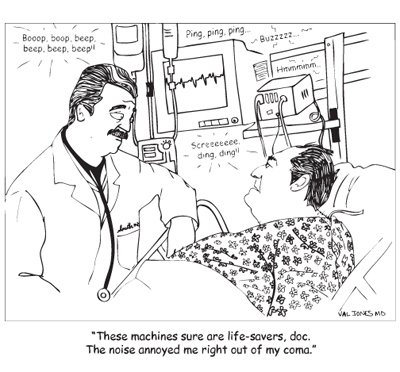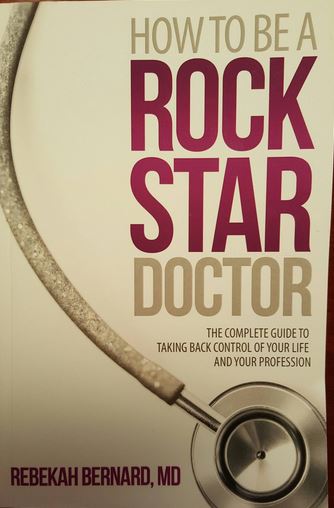June 7th, 2011 by Paul Auerbach, M.D. in Health Tips
No Comments »

 Outdoor recreation is intended for everyone, and can be enormously beneficial for persons with disabilities. I am in awe of disabled skiers, climbers, divers, and others who have learned to coordinate their bodies and take great enjoyment and a sense of accomplishment from their wilderness activities.
Outdoor recreation is intended for everyone, and can be enormously beneficial for persons with disabilities. I am in awe of disabled skiers, climbers, divers, and others who have learned to coordinate their bodies and take great enjoyment and a sense of accomplishment from their wilderness activities.
It behooves everyone in the healthcare profession to be aware of certain special medical concerns for persons who are disabled physically or emotionally. Additionally, family members and friends are often well aware of what they can do to help in providing a joint effort to support the disabled.
At the 2010 Wilderness Medical Society annual meeting in Snowmass, Colorado, JenFu Cheng, MD (a pediatric rehabilitation specialist from NJ), gave a wonderful presentation on the medical aspects of (scuba) diving with a disability. He pointed out that there may be up to nine million certified recreational scuba divers in the United States alone. His presentation, rather than focusing on persons who are fully capable physically and emotionally, examined the lesser-known benefits of being in the water for individuals in need of additional support. For instance, aqua therapy (largely enacted in swimming pools) takes advantage of the buoyancy of water to allow a range of mobility that is not possible on land. For example, aquatic exercise has been shown to improve lung capacity and mobility skills in children with cerebral palsy. Read more »
This post, SCUBA Diving With A Disability, was originally published on
Healthine.com by Paul Auerbach, M.D..
January 30th, 2010 by Paul Auerbach, M.D. in Better Health Network, True Stories
No Comments »

We found out today that we are going to ship out tomorrow. My feelings are certainly mixed. There is an incredible amount of work to be done here – we have only contributed to the first wave of what is necessary. This may sound strange, but I cannot remember the details of much of what we did the first three days, when we were functioning on hyperdrive in a battlefield setting. My recollections become detailed after the third day, when we were able to see only four or five patients at a time, and we stopped triaging amputees to the operating room.
Now the hospital has been substantially augmented. Teams of foreign (to Haiti) surgeons have left to go home, because the operations to be performed now are largely orthopedic and plastic surgery, as well as specialty cases. Sadly, there are scores of patients with spinal fractures who are paralyzed, and little can be done for them this far out from the initial injury. Children continue to break our hearts. I had a small child who is a triple amputee offer me his cracker with his remaining hand. One can only pray that the memories he carries of this tragedy are erased swiftly, that he is assisted in his rehabilitation, and that his life improves. All of these will, of course, be hard to achieve. Read more »
This post, Leaving Haiti: Small Child – A Triple Amputee – Offers MD A Cracker With His Remaining Hand, was originally published on
Healthine.com by Paul Auerbach, M.D..
May 21st, 2009 by Dr. Val Jones in Health Tips, True Stories
No Comments »
There’s no technological substitute for the human hand. Manual dexterity is incredibly hard to replicate, and so surgeons will go to great lengths to save injured hands. Unfortunately, sometimes the injury is too severe to allow for any meaningful functional recovery.
In these two cases, well-meaning surgeons refused to amputate the unsalvageable hands, thus delaying recovery and adaptation of prostheses.
This is a photo of a trauma victim who underwent extensive reconstruction of the hand, including transplantation of a toe to the thumb’s position. Gangrene set in and tracked up one of the tendon sheaths.
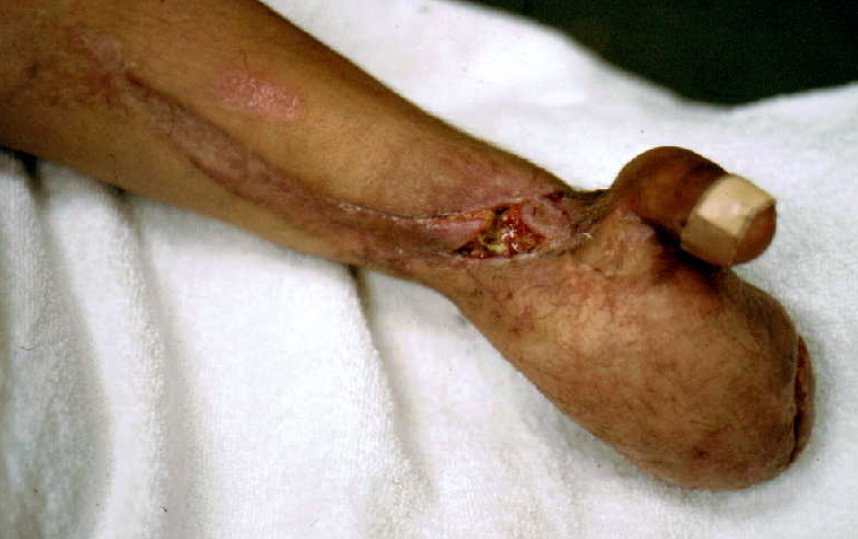
Photo Credit: Dr. Heikki Uustal
In this case, a burn victim was hoping to have some fingers reconstructed from his fist. He declined amputation and fitting with a prosthesis, despite the potential for enhanced function.
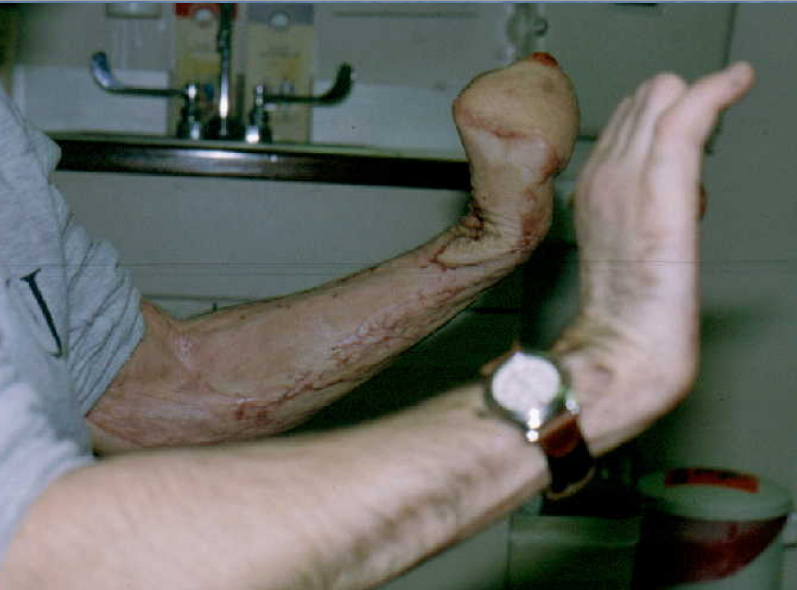
Photo Credit: Dr. Heikki Uustal
In both cases, a wrist disarticulation (amputation at the wrist) and prosthetic fitting (such as this myo-electric device with a self-suspending socket) might have provided a better functional and cosmetic outcome:
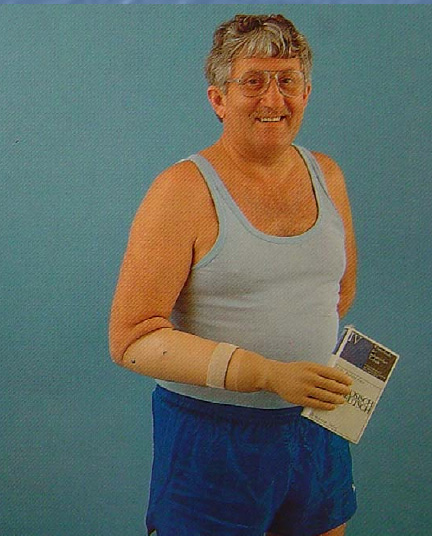
Photo Credit: Dr. Heikki Uustal
Sometimes, it’s better to amputate.
 Outdoor recreation is intended for everyone, and can be enormously beneficial for persons with disabilities. I am in awe of disabled skiers, climbers, divers, and others who have learned to coordinate their bodies and take great enjoyment and a sense of accomplishment from their wilderness activities.
Outdoor recreation is intended for everyone, and can be enormously beneficial for persons with disabilities. I am in awe of disabled skiers, climbers, divers, and others who have learned to coordinate their bodies and take great enjoyment and a sense of accomplishment from their wilderness activities.










